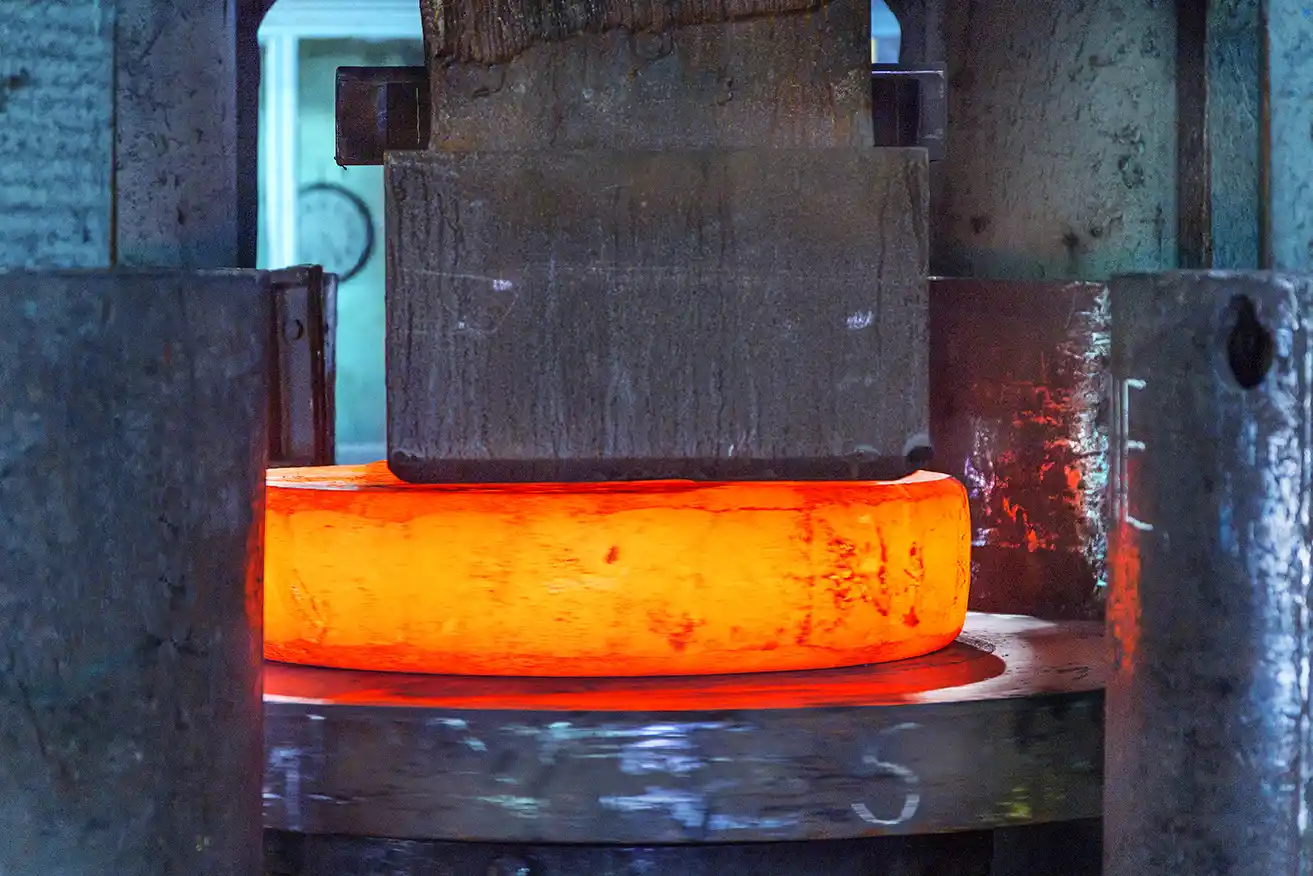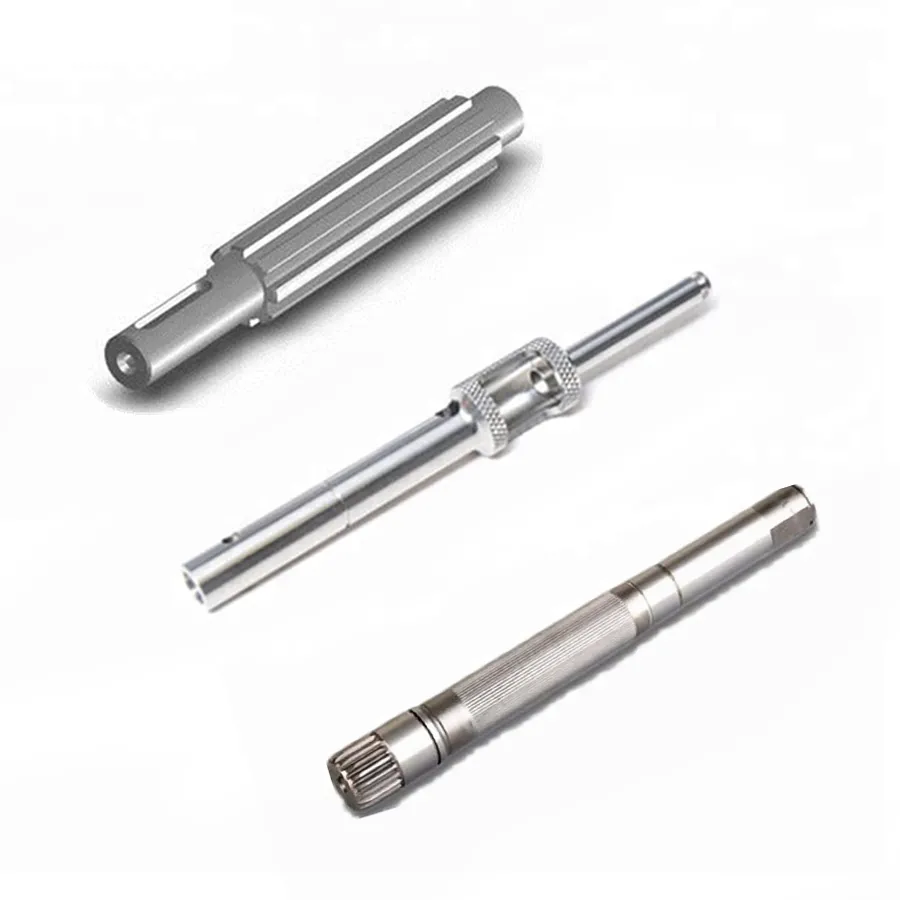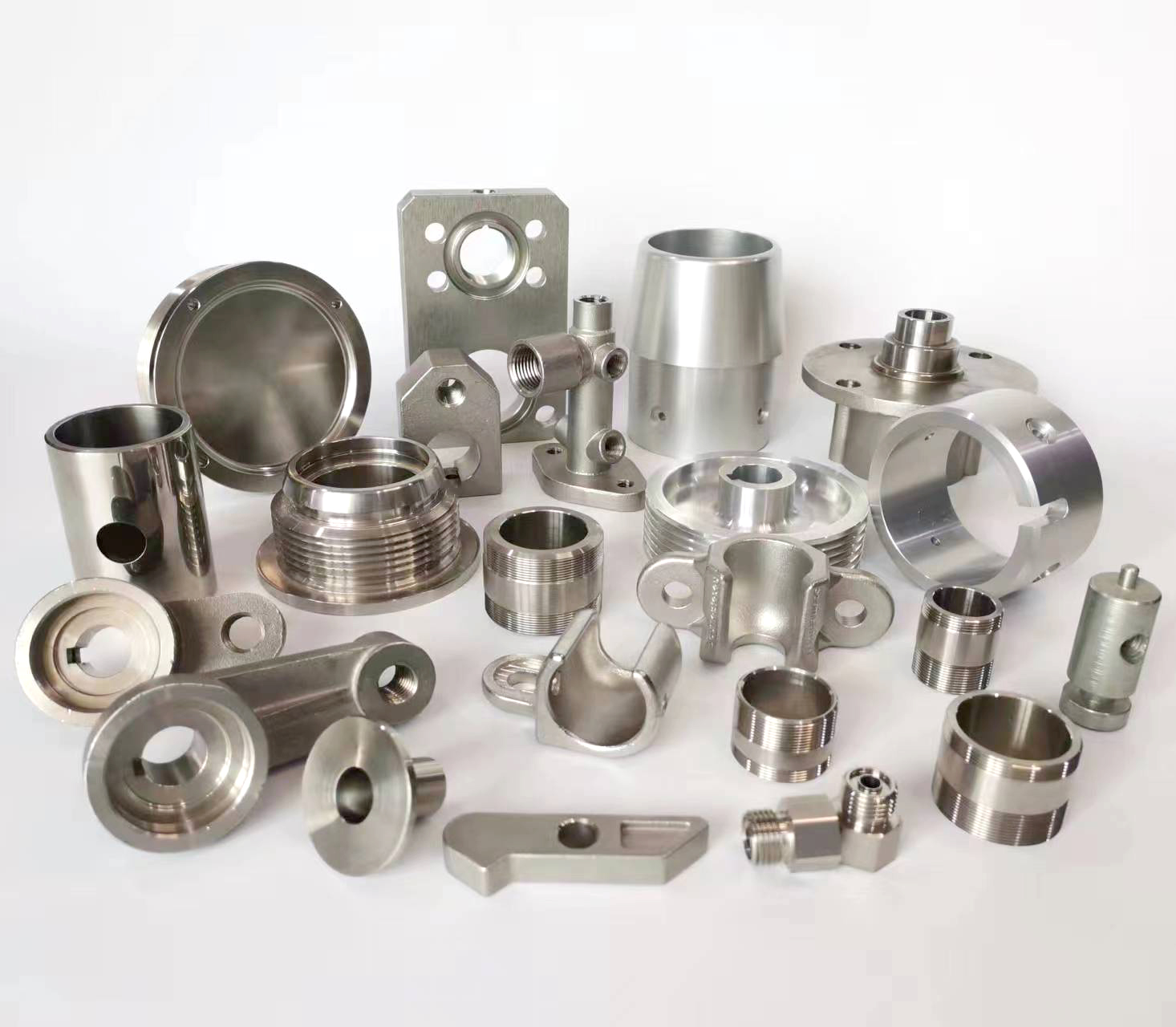Choosing the best forging method depends on different factors:
Part Size & Shape
Use open-die forging for large or long parts like beams or shafts. The open tools let the metal spread freely.
Closed-die forging for small or medium parts that need exact shapes or precise detail.
Tolerances & Surface Finish
Cold forging gives the best accuracy and finish. Great when parts must fit tightly.
Warm forging gives good results but needs stronger tools and machines.
Hot forging is best when shape is more important than finish.
Press forging gives smooth shapes with less cracking than hammer blows.
Production Volume
Closed-die and cold forging are ideal for mass production. Once tools are made, each part is fast and repeatable.
Open-die forging is slower, but better for custom or low-volume parts.
Swaging works for both small and large batches, depending on the setup.
Material Type
Hard metals need more heat. Use hot or warm forging to avoid cracks.
Soft metals like aluminum or copper can be cold-forged, saving energy.
Use induction heating when clean, fast billet heating is needed without a furnace.
Cost Trade-Offs
Cold and closed-die forging needs custom dies, which cost more up front but save in large runs.
Open-die forging uses flat dies, which are cheaper but slower for repeat parts.
Swaging and cogging use basic tools but need trained workers.
Induction heating costs more to set up but saves energy and runs cleanly.
Industry Use-Cases
Aerospace: Rolled-ring and closed-die forging for jet engine rings, landing gear, and flight-critical parts.
Automotive: Cold and warm forging for gears, axles, and transmission parts where accuracy is key.
Energy: Open-die and rolled-ring forging for wind turbine hubs, gas flanges, and heat-resistant parts.
Heavy Equipment & Mining: Press forging and cogging for thick, strong parts like crusher jaws, hammers, and arms.
Medical: Cold forging for precise, small parts like surgical screws and tool tips.






